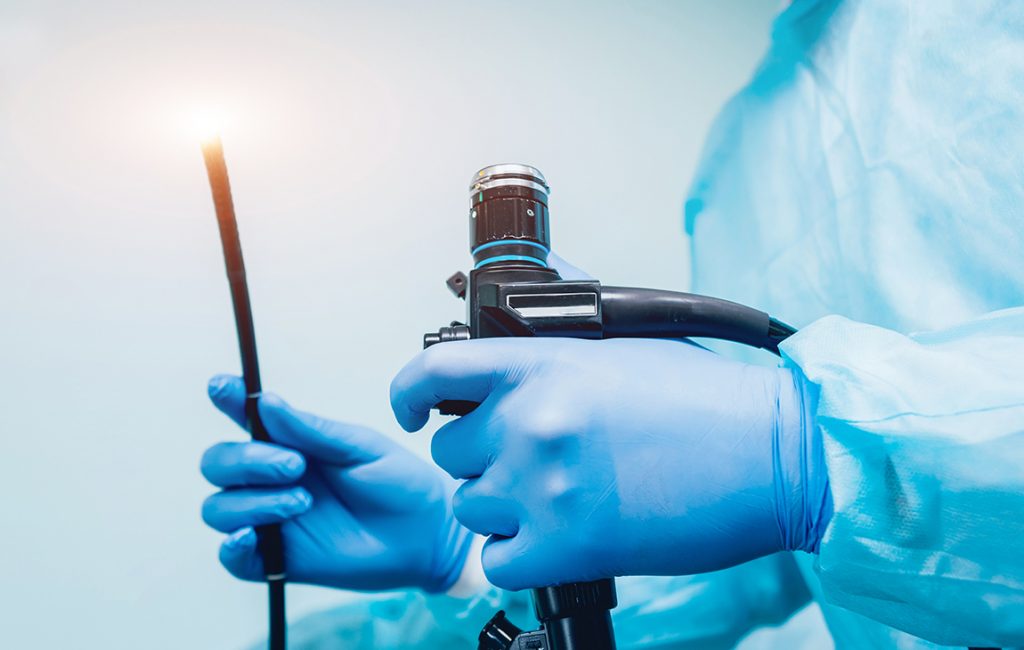
Everything you need to know about endoscopy
Endoscopy is a non-surgical medical procedure in which a tube is inserted into the body to get a closer view of the internal organs of the human body. In some cases, endoscopy identifies the human body’s problems and eradicate the need for surgery altogether.
In this blog, we will enlighten you about the different types of endoscopies and how to take care of yourself before, during, and after the endoscopy.
The different types of Endoscopies
Colonoscopy
Colonoscopy is performed to examine the entire intestine of the human body. It helps the doctor to identify diseases in the intestine. Diverticulosis and diverticulitis, colonic polyps, irritable bowel syndrome, and Crohn’s disease, to name a few. Some doctors also conduct it to check if the patient has colorectal cancer.
The procedure comprises inserting a scope through the anus and examining the large bowel and colon. Blowing air into the colon makes it convenient for the doctor to have a much clearer and identify exactly what’s happening.
Gastroscopy
Gastroscopy helps identify issues in the esophagus – also known as the gullet, stomach, and first part of the small intestine – also called the duodenum. Gastroscopy is conducted on patients suffering from bloated stomach, indigestion, nausea, and reflux swallowing. Gastroscopy is also performed as surgery to treat a bleeding ulcer, remove a foreign body or widen a narrow esophagus.
Bronchoscopy
A bronchoscopy helps a doctor examine the lungs and air passage of the human body. Patients suffering from a persistent cough or coughing up blood are often suggested to get a bronchoscopy to identify the real problem.
The procedure involves introducing a scope through the mouth or nostrils to explore problems in the air passages and respiratory system. The doctors use a small brush, a needle, or special biopsy forceps to extract samples from the lungs or lymph glands if needed.
Cystoscopy
A cystoscopy is the endoscopy of the urinary bladder. The doctor inserts the cystoscope via the urethra to examine the problems in the bladder. The common problems found in the cystoscopy procedure are blood found in urine, bladder stones, and even bladder cancer. For this procedure, giving a sedative or anesthesia to patients is mandatory.
Hysteroscopy
Hysteroscopy inspects the uterus. The procedure helps doctors investigate issues such as abnormal bleeding, heavy periods, polyps, fibroids, and infertility. The hysteroscopy procedure begins by inserting into the uterus through the vagina and cervix. Pregnant women are not eligible for this non-surgical procedure.
The doctor usually recommends using sanitary pads in case of bleeding and avoiding sexual intercourse for at least 48 hours.
Before, During & After an Endoscopy
Before Endoscopy
The preparation depends on the type of endoscopy you are getting. It is important to religiously follow the instructions communicated by the doctor before the endoscopy to avoid any issues and delays.
Generally, depending on the type of endoscopy, the doctor may instruct you to eat certain foods or restrain from eating food or drinking liquids for 8-10 hours or maybe more. Avoid taking any medicines before the endoscopy unless your doctor or specialist advises you to.
During Endoscopy
The doctors ask patients to not panic during the endoscopy. Staying relaxed makes the procedure less uncomfortable than it already is. Sedatives and anesthesia reduce anxiety and help patients to remain calm throughout the process.
The doctors recommend practicing general relaxation techniques, such as listening to music, deep breathing, meditation, and yoga, before the endoscopy. The practices help calm the mind and muscles.
After Endoscopy
Doctors advise taking proper rest after the endoscopy, regardless of the type of endoscopy. It is wise to ask someone to provide you pick and drop to the hospital and look after you for at least a day if any problem occurs.
After the endoscopy, don’t rush back to work or school, drink alcohol, look after small children or other dependents, or operate any heavy machinery. Give your body appropriate time to rest and rejuvenate itself.
Ready to get your endoscopy?
We hope this article gives you a small insight into what endoscopy is all about and what one should do before, during, and after the endoscopy procedure.
